
Surfactants present a real challenge to the analytical chemist as they are a very complex class of chemical compounds.

Surfactants present a real challenge to the analytical chemist as they are a very complex class of chemical compounds.
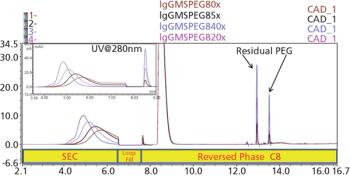
Biotherapeutic peptides and proteins are often PEGylated (covalently bonded to polyethylene glycol polymers) to improve bioavailability, reduce immunogenicity, and extend circulating half-life (1). Achieving the desired properties for each application depends on optimizing the number and site of polymers attached, chain length, and the degree of chain branching.

Simple, rapid and accurate methods have been developed for the analysis of simple carbohydrates including mono- or disaccharides, or as fairly small glycans (6–11 residues) liberated from glycoproteins using charged aerosol detection combined with mass spectrometry techniques.

Selective cleavage of proteins by the enzyme trypsin helps characterize larger proteins. While MS provides structural information, quantitative analysis is often based on detection by UV at 214 nm.

High performance liquid chromatography (HPLC) with light absorbance detection (UV) is limited by the dependence of detector response on the structure of the analyte. Some detection techniques based on nebulization of the mobile phase and formation of Aerosol particles demonstrate an analyte independent response that approaches "universal."
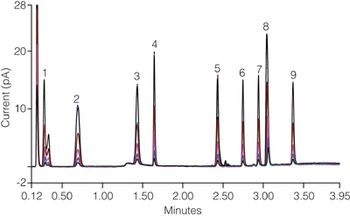
Quantification of substances, such as drug impurities or library compounds when pure standards are not available is difficult yet often necessary.

ESA - a Dionex Company Application Note
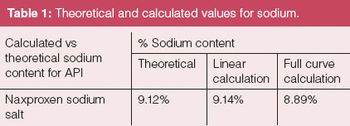
The characterization of pharmaceutical salts is critical to the drug development process. Active pharmaceutical ingredient (API) salts influence the solubility, stability and hygroscopicity of pharmaceuticals and affect the final drug formulation. Traditionally, the analysis of the API and its counterion salt requires separate applications. Nanopolymer silica hybrid (NSH) technology in the Acclaim Trinity P1 column along with the Corona ultra charged aerosol detector (CAD) enables simultaneous analysis of the API and counterion over four orders of magnitude.

The analysis of anions and cations is critical during drug development and related QC. Measure both the API and the counterion in a single run.

Published: July 4th 2012 | Updated:

Published: April 1st 2011 | Updated:
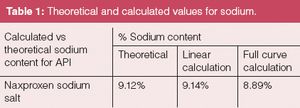
Published: March 2nd 2010 | Updated:

Published: July 2nd 2010 | Updated:

Published: June 1st 2012 | Updated:
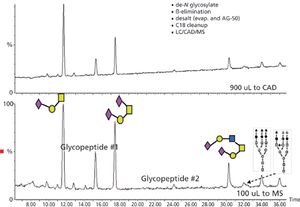
Published: June 1st 2012 | Updated: